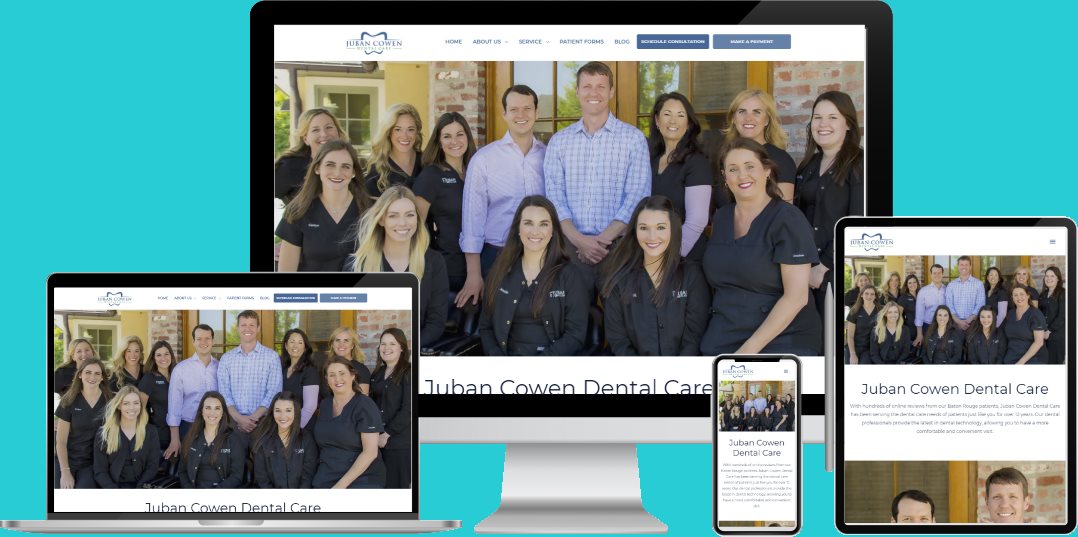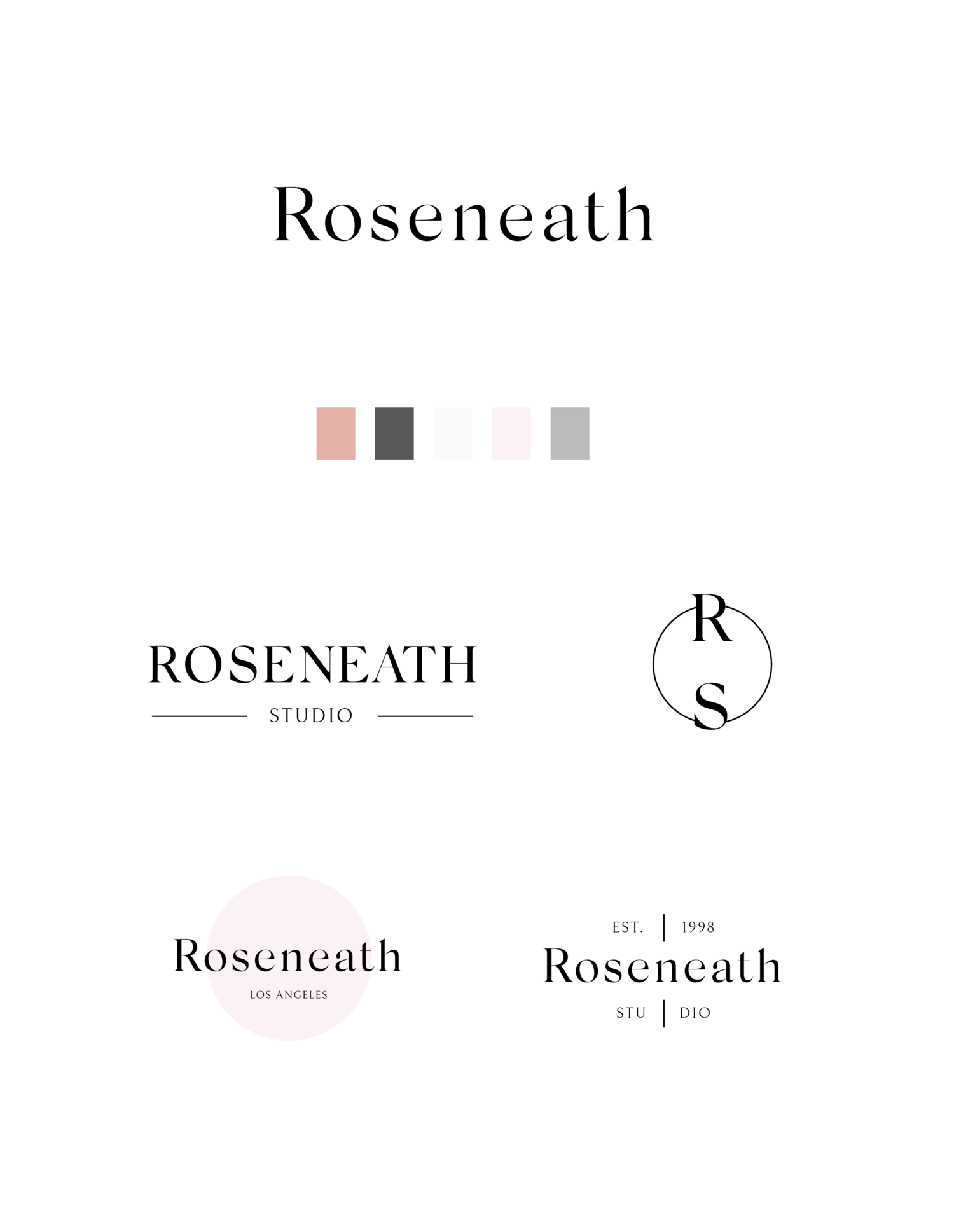You may have heard the term “brand” used in conversations with friends and colleagues, when discussing the clothes you are wearing, or the kind of gadgets you are using. This is a common occurrence, fueled by the misconception that a brand refers to the name or logo of a product or service.
This may have been accurate a couple of decades ago. In fact, the first concept of a brand actually started in the 1800s when cattle breeders stamped their mark on their livestock to distinguish them from other ranchers.
How To Define A Brand
The concept of a brand has evolved since the old times, and it has then represented more than just the visual identity of a company, product, or service. According to Dental Marketing Guy, a company that specializes in dental website design, a brand is the sum of all experiences that the customer had with you and how it makes them feel when they think of you. It also reflects your promise to the customer, so they know what to expect when they encounter your product or service.
And lastly, it differentiates you from your competitors, particularly in competitive local brick and mortar businesses.

In short, it is an intangible concept that keeps changing, depending on the quality of the customers’ experiences. This is why branding is a very important part of your business strategy. If a brand is the sum of your customers’ experience, branding is the process of shaping those experiences into what you want your brand to be.
Why Branding Is Crucial
As branding shapes the customers perception of your company, product, or service, it has the power to move your business forward – or pull it back down.
A powerful and effective branding strategy has the capability to build your customer base, create customer loyalty, and increase the value of the company as it helps make your message resonate with your ideal customers. On the other hand, a flawed strategy can instead drive your customers away as it fails to connect your brand with their needs.
Create Your Branding Strategy
One of the keys to an effective branding strategy is consistency. You have to first identify what is the correct message and identity that your customers can relate to, and then stick with it. When the customer knows what to expect when they encounter your brand, and they keep getting the same satisfying results again and again, it builds their confidence and makes them feel secure in their interactions with you.
This is what generates trust and makes customers loyal — and something we’ve clearly seen through the launch of JohnChow.com and how John’s name and brand has grown exponentially through the site over the years. It’s not just about the content, but it’s the massive branding and following that has been put in place that keeps users coming back time and time again.

It is human nature to want to reduce risks and eliminate any sense of danger. Thus, when given a choice between working with someone they already know and who has never let them down before, versus working with someone unfamiliar and completely new – with all other factors being equal, people would naturally turn to the safe and familiar.
Make sure you do not get distracted or make your customers confused with contradicting messages and brand identity. One of the ways to achieve this is by having a Brand Kit.
Prepare Your Own Brand Kit
From the name itself, it is easy to see that a brand kit refers to a set of tools that are used for your brand. It contains all visual guidelines that describe your brand in full detail, to ensure that the brand identity is protected regardless of the communication material used.
A brand kit guarantees that you would look like the same familiar brand that your customers have grown to love no matter what activity the team does or what campaign your agencies do for you.
Here is one example of a brand kit that was prepared for a photography studio:

The brand kit clearly defines what the brand should look like, including colors and fonts that should be used for all its visual materials.
You can do this on your own by using a brand kit template, but if you do not feel comfortable or do not have the time, look for a suitable freelancer who can do the work for you. This will save you time, as well as make the brand kit look more professional.
Make sure to involve the whole team in this process so you can be sure that everyone is aligned with the expectations and that you have accurately represented the brand in your kit.
Lastly, before you finalize your brand kit, check if all the branding elements have been included. The brand message, characteristics, color palette, logo, font styles, and visual attributes should all be outlined in your brand kit.
Remember that its purpose is to serve as a guide for you, your team members, or any third party company that would be working on your communication materials in the future, so the more complete your information, the less likely it would be for anyone to misrepresent the brand.